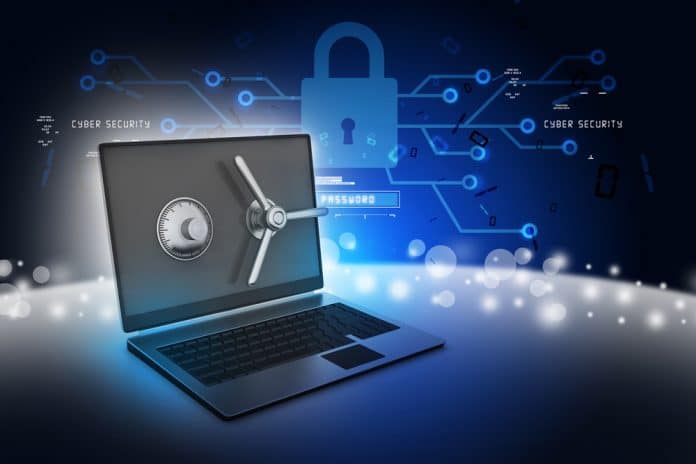One of the biggest threats businesses of all sizes face in the digital age is cybercrime. The growth in recent trends has been a symptom of the global pandemic.
As businesses went into the first global lockdown in February and March 2020, Interpol reported a 569% growth in cyberattacks on small businesses run from residential addresses and work-from-home employees.
Cybersecurity cannot be treated as an afterthought. CNBC report that cybercrime costs small businesses an average of $200,000. Many small businesses do not recover from cyberattacks.
Moreover, business owners and employers with remote working employees are legally obliged to protect networks from data breaches.
Under the General Data Protection Regulation introduced by the EU, businesses are subjected to hefty penalties if it is deemed they have failed to erect adequate security barriers.
To protect your home business, it’s important to implement cybersecurity protocols.
Understand how cybercriminals attack
Hackers use a variety of sophisticated techniques and technologies to penetrate a business network. The consensus among cybersecurity firms is that the end-user is the weakest link.
It’s in the interest of business owners that access a home network to learn how cybercriminals attempt to infiltrate targets. From phishing to ransomware, malware to worms, once hackers gather enough information on you to crack your password, it’s game over.
Use a reliable VPN
A VPN, a virtual private network, is a tool that helps to secure a network on a less secure network by scrambling and encrypting data. As a result, it is difficult for hackers to exploit typical security weaknesses on a home network.
As the Snowden Files revealed, VPNs alone will not prevent a data breach. However, they do add another layer of protection between the end-user and the internet where hackers — and government agencies — operate to intercept data being passed back and forth.
Update software with security protection
A common cybersecurity trend is for hackers to gain access to computer systems via code defects in computer software. Microsoft Office was the most hacked software in the world because it was the most widely used.
In the most recent suite of Office 365 tools, Microsoft has tightened up their security defenses with a $1bn investment in security, data protection and risk management.
Apple Mac computers have built-in security software to help protect users from attempted phishing and malware attacks. Google has also designed a secure infrastructure to provide users with reliable protection against cyber threats.
Whatever software you invest in should be updated regularly. Hackers will always catch up with developers and break codes in vulnerable areas of software.
To stay one step ahead of hackers, software companies release patches — small changes in codes to fix bugs and security vulnerabilities. It’s vitally important that you update software and plugins and use the latest version.
Invest in remote cyber intelligence services
Cyber attacks can happen at any time of day. However, systems can be protected 24/7 using remote cyber intelligence services offered by IT support services.
Active monitoring services detect, identify and analyse network activity around the clock. When there is unusual activity, accounts are frozen unless authorised by the account owner via SMS or email.
Install two-way authentication
Adding two-way authentication adds a second layer of protection at the login status — the first line of defense against cyberattacks. Most two-way authentication systems request users to input a code sent to their mobile phone via SMS or email.
Some two-way authentications also have “trusted device” SMS verifications. You may have had personal experience of this if you are an Apple or Google customer and have tried logging into an account on a new computer.
You then receive an SMS or email to alert you to a login attempt and the message “if this was you then you do not have to take further action.”
It’s also good practice to change your passwords regularly and use creative passwords suggested by the National Institute of Standards and Technology (NIST).
NIST recommend typing password phrases rather than single words and passphrases that include both upper and lower case letters, symbols and numbers.
Secure employee devices
Using mobile devices and home computers for personal and professional purposes increases the risk of a security breach.
With a growing number of rogue mobile apps and malware in web browsers, it is easy to unwittingly contaminate your business network through a personal device.
Whether you run a business from your home or authorise Bring Your Own Device policies, make it a rule not to mix business with digital pleasure.
Wrap up
Cybercrime awareness is the first step to making sure your business is protected against malicious attacks. Providing you are taking every precaution to protect sensitive data, you reduce the risk of data breaches and GDPR penalties.
Find a Home-Based Business to Start-Up >>> Hundreds of Business Listings.














































